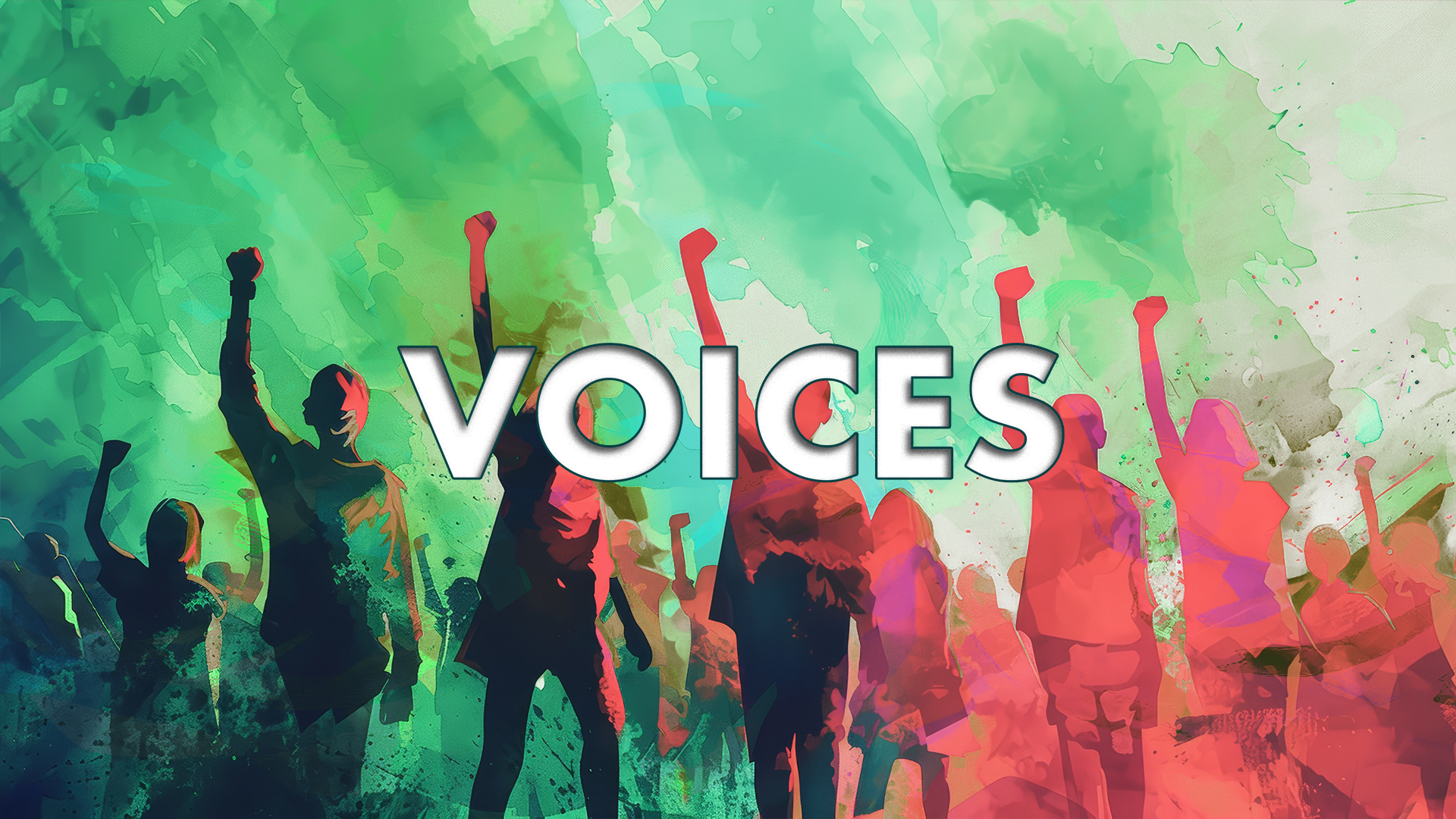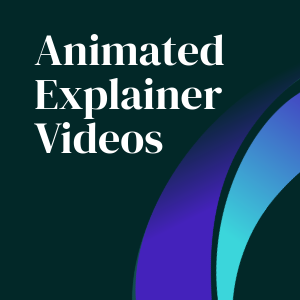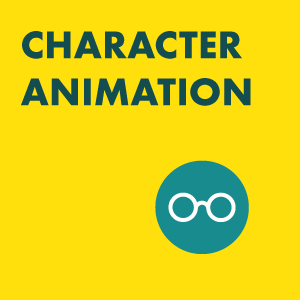
At Content Creatures, we transform charities’ stories into powerful tools for change and understanding. Recently, we teamed up with the PDA Society, the UK’s only specialist charity dedicated to Pathological Demand Avoidance (PDA).
The mission was to bring the experiences of those with PDA to the forefront, highlighting their unique challenges. This project went beyond animation; it was about fostering empathy, advocating for awareness, and giving a voice to those who are often misunderstood.
In this blog, we will share how we helped the PDA Society in their quest to support PDA individuals and their families.
Understanding the Mission
Pathological Demand Avoidance (PDA) is a profile of autism that is often misunderstood. Individuals with PDA experience overwhelming panic responses to everyday demands, both external and internal, which can significantly affect their lives.
This lack of understanding frequently leads to feelings of isolation and frustration. The PDA Society is dedicated to raising awareness, offering resources, and supporting those affected by PDA.
Despite their ongoing efforts, awareness of PDA remains limited, causing frustration and additional anxiety for many individuals.
Our task was to create a short animation for their December fundraising appeal, designed to explore the experiences of individuals living with PDA in a way that resonates with a wide range of audiences.
Our Personal Connection to the PDA Cause
When the opportunity arose to collaborate with the PDA Society on an awareness animation, we were immediately drawn to the project—not just because of its important mission, but also because of our personal connection to the cause. Our co-owner at Content Creatures, has a son with PDA, so we know first-hand the challenges it brings to daily life and how crucial it is to amplify these voices.
As our Strategy Partner, Brett, expressed: “We knew as soon as the brief came in that this was a project we wanted to be part of. So much of the work we do resonates with us, but the lived experience of one of our team meant that the PDA Society sits particularly close to our hearts.”
Discover her personal journey with PDA here.
Building the Concept
We began by developing the concept ‘You don’t see how I feel’, to highlight the often unseen struggles of individuals with PDA (Pathological Demand Avoidance). By using visual juxtaposition, we aimed to place external perceptions alongside internal realities, illustrating the stark contrast between how PDAers are perceived and what they truly experience.
Many people have a limited understanding of PDA. Our concept seeks to bridge this gap by showcasing these differences to increase awareness and understanding.
Authenticity Through Collaboration
Our approach to this project was deeply collaborative. We partnered closely with the PDA Society’s team, including Communications Manager Ellen Day and CEO Elizabeth Archer, to ensure the voices of PDAers and their families were at the forefront.
Central to our creative strategy were insights from focus groups and interviews with PDAers, along with extensive research provided by the PDA Society. We explored their daily experiences, from the struggles of morning routines to the sensory challenges of public transport, the need for a “safe person,” and the overwhelming feelings of being “split in two” when demands became too much.
We used the focus groups to inform our script, ensuring that the narrative authentically captured the subjective and emotional experiences of PDAers. This approach provided a platform for them to share their experiences and communicate what it is like to live with PDA, so we might create an accurate representation within the film.
This discovery phase informed every aspect of the animation, from the initial concept to the script and visual design. One young PDAer shared a drawing which expressed their struggle. They titled this ‘Tsunami of Thoughts’, the hand-drawn illustration had a huge effect on us all and informed the final visual concept.
Creating the Animation
Animation is a powerful medium for tackling complex and often invisible experiences like PDA. For this project, we wanted to reflect the inner world of PDAers in a way that was both metaphorical and relatable.
Each scenario highlights the emotional weight of PDA while also offering moments of understanding and hope.
To achieve this, we employed visual metaphors such as burning, drowning, and heavy weights to represent internal conflicts, alongside subtle colour changes to reflect escalating or de-escalating emotions. These artistic choices were not made lightly; they were guided by feedback from PDAers themselves.
Cailie, our Executive Creative Director, on the creative approach to depicting PDA experiences:
“It is rare that we get to develop a creative concept from such visually rich research. Our aim was to bring to life the lived experiences of others knowing that sensitivity and being truthful to the research was key’”
Our Design Director, Grace, ensured that the visual style was engaging yet sensitive. The animation avoids stereotypes and instead focuses on authenticity, balancing the challenges of PDA with the humanity and individuality of those living with it.
Grace explains, “The film is a combination of techniques; puppeted 2D, frame-by-frame, 3D, and typography. We chose movements, colours and compositions to contrast the darker, isolating ‘real world’ experience for a PDAer with their vivid, creative internal thoughts.”
Working Hand-in-Hand with the PDA Society
This project was a true partnership. The PDA Society played a critical role in shaping the animation, facilitating discovery sessions, and providing invaluable feedback at every stage. Their expertise and dedication ensured that the final piece remained true to the lived experiences of PDAers while being accessible to a wide audience.
Beyond raising awareness, the animation serves a dual purpose: as the centrepiece of the PDA Society’s December fundraising campaign through the Big Give Xmas Challenge and as evergreen content for their website. By helping the charity meet its fundraising goals, we hope this project will enable them to continue their vital work in supporting PDA individuals and their families.
The Bigger Picture
At Content Creatures, we specialise in creating animations that tell meaningful stories. This project is a shining example of how animation can be a tool for empathy, education, and advocacy. By visually capturing the complexities of PDA, we aim to foster understanding not just within the autism community, but across society as a whole.
For charities looking to communicate sensitive stories, animation offers a unique opportunity to convey emotion and nuance in a way that resonates deeply with audiences. The PDA Society’s animation is proof that with the right approach, we can create content that informs, inspires, and drives action.
As our Strategy Partner put it: “Where animation really excels in charity video is its ability to present very personal stories without compromising anonymity. Being able to reflect the emotions of people through strong, visceral visuals deeply connects the message to the audience.”
Watch, Share, and Support
We invite you to watch the animation and share it widely. Together, we can help more people understand PDA and create a more inclusive society. If you’re inspired by this project, please consider donating to the PDA Society’s campaign through the Big Give Xmas Challenge.
And if your organisation is looking for a creative partner to bring your stories to life, we’d love to hear from you. Let’s work together to create meaningful change through animation.
We’re honoured to have played a role in amplifying the voices of PDAers and hope this animation will make a lasting impact. If your charity is looking to create a meaningful video to highlight your mission and engage your supporters, please get in touch with us. We’re passionate about supporting charities through powerful storytelling.


